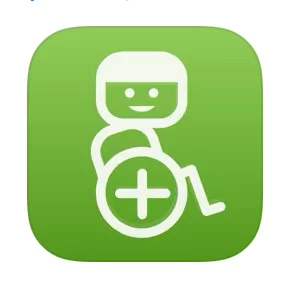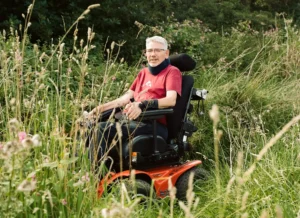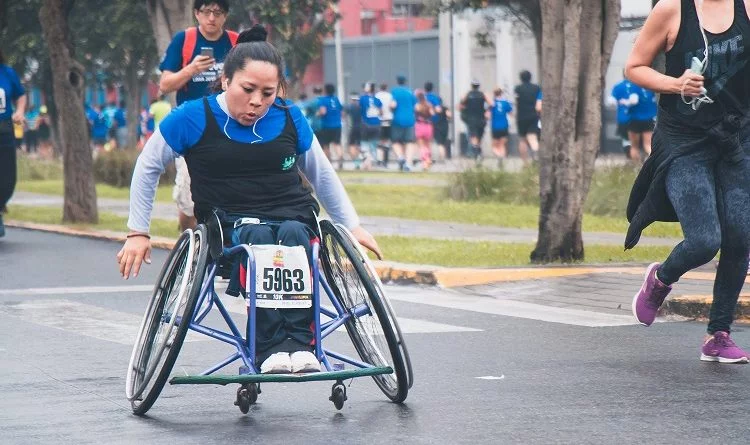Integrating children with disabilities into mainstream classrooms is essential not only for equitable access to education but also for fostering a sense of belonging and inclusive community. The article outlines ten practical strategies—ranging from embracing the Universal Design for Learning framework and crafting truly personalized IEPs to creating sensory-friendly spaces and leveraging assistive technologies—designed to support diverse learning needs. Central to this approach are collaboration with families and specialists, ongoing teacher training, flexible scheduling, and nurturing an inclusive school culture that extends beyond academics. Together, these multifaceted strategies lay the groundwork for schools to become dynamic environments where all students can thrive.







